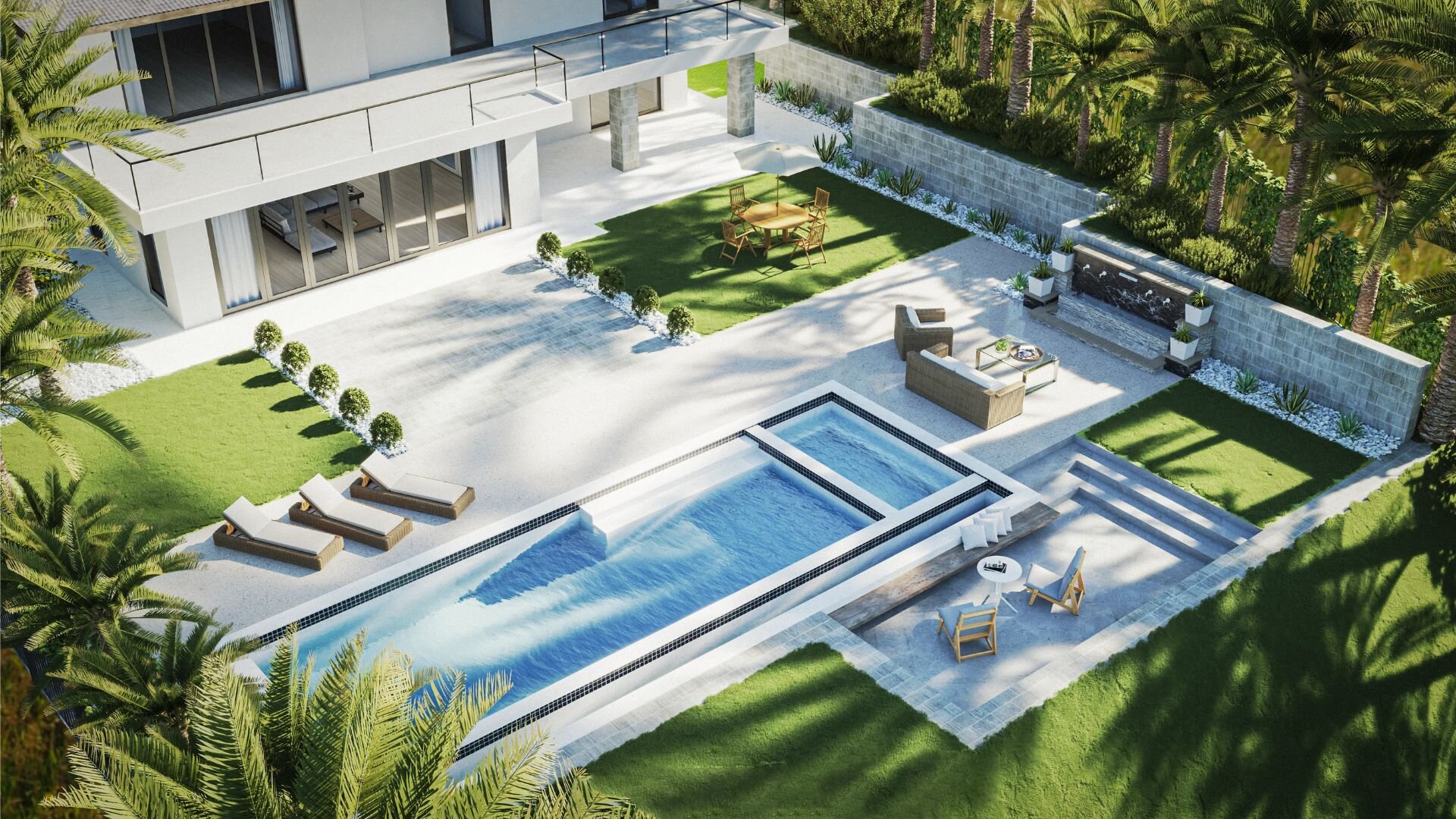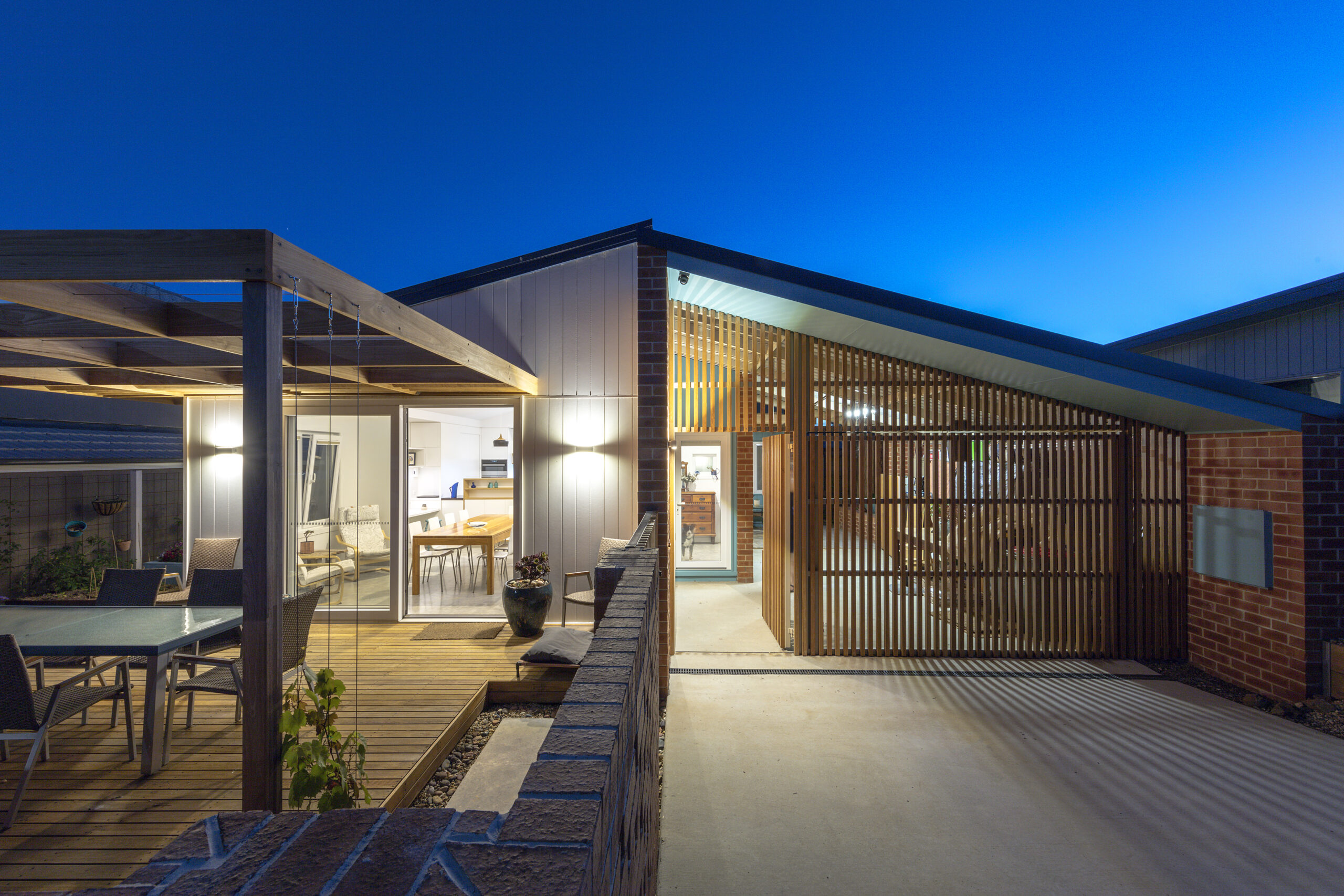A backyard pool is typically the center of outdoor living. It provides peace, entertainment and an attractive design. However, the process of installing and maintaining pools in areas that have unlevel terrain, or naturally slopes may pose significant difficulties. This is when the walls that protect your pool become essential.
These structures are engineered to are not just able to stabilize soil and stop erosion, but also create an attractive framework that improves the overall landscaping design. No matter if you’re working with an elevated yard, hillside or just want to establish distinct boundaries around your swimming pool knowing the purpose of retaining walls for pools and how they work is essential for creating a secure sturdy, long-lasting and beautiful area for your pool.
It doesn’t matter if you’re trying to make seamless transitions between the various areas of your yard and include seating areas and water-based features or ensure your pool’s foundation is protected, a well-planned wall to reclaim your pool could make a huge difference in your outdoor living space.
Table of Contents
A Pool Retaining Wall: What Is It?
A wall for retaining a pool is a special structure designed to repress soil and provide a steady and level area surrounding a swimming pool. These walls are vital for areas of landscapes with an steep slope, or an uneven surface because they stop soil shifts and erosion that can damage the foundation of the pool and the surrounding space.
Built from sturdy materials like brick, concrete, stone or segmental blocks the walls of a pool serve practical and aesthetic reasons. Functionally, they provide vital support to keep the earth in place and control water drainage, while protecting the structure of the pool from damage caused by water or soil accumulation.
In terms of aesthetics, these walls are able to be constructed to enhance the style of the pool, including features such as seating, plants and lighting to add a sense of elegance to the overall living space. When used to level out the slope of an in-ground pool or to reinforce the edges the edge of an infinity swimming pool or create distinct zones within the backyard, walls for retaining play an essential function in ensuring safety as well as the durability and aesthetic appeal of a space for a pool.
Design Ideas for Pool Retaining Walls
Renovating the walls of your pool with practical and attractive elements can greatly enhance the appearance of your outdoor space. An option that is popular is to integrate features of water like waterfalls, sheer descents or even sheer falls right into your wall. This creates a tranquil and peaceful atmosphere.
Built-in seating, like benches or ledges can be integrated into the design to provide comfortable social areas that do not occupy valuable deck space. To provide additional ambiance and safety at night LED lighting can be integrated into the wall and cast a warm light and highlighting architectural elements.
Multi-tiered retaining walls that have plants are a different solution, allowing you to add greenery and make concrete or stone by adding naturally-textured textures, and surprising colors. Furthermore, higher wall retaining walls with screens or trellises can create private areas for lounging that are ideal for relaxing and increased security in the backyard.
Tips for Maintenance
Although retaining walls are constructed to last, maintaining them regularly is crucial for their long-term durability. Begin by checking the wall regularly for signs of cracks or structural problems, particularly when heavy rain falls, since these could be a sign of deeper issues.
It’s also crucial to examine the drainage system, making sure the drainage holes are free of obstructions and keep water from accumulating on the outside of the wall. This may cause pressure build-up and ultimately failure.
Cleaning the walls is an additional important maintenance job Pressure washing stone or concrete surfaces can help stop the growth of mold and also reduce the staining. Finally, you must manage plants carefully, making sure that you don’t plant trees with aggressive root systems that are too in close proximity to your wall since these roots may affect the stability of the wall in the course of time.
Conclusion
In essence they are far more than structural supports. They are essential components of a properly-planned pool landscaping that increase aesthetics and security. They help stabilize soil, prevent erosion, and providing innovative design options These walls can help transform difficult terrains into beautiful outdoor areas.
The right choice of wall for retaining, the design, and material depending on your individual requirements will ensure long-lasting quality and function. In addition, ensuring proper drainage, installation and upkeep will safeguard your investment and keep your pool stunning for long time to come.





